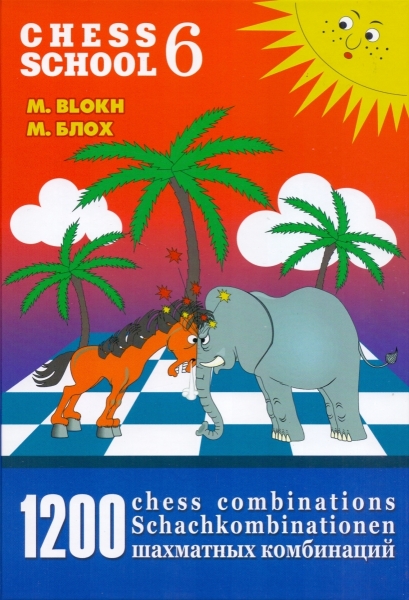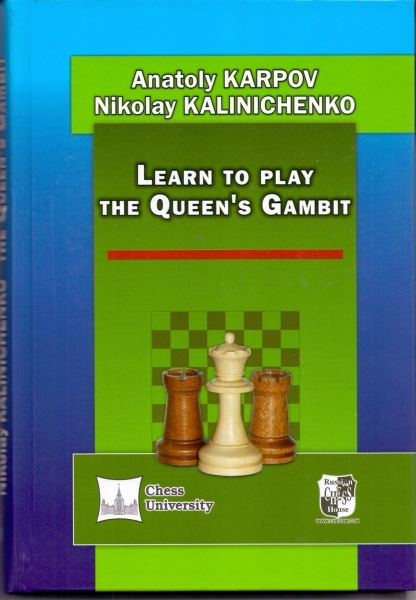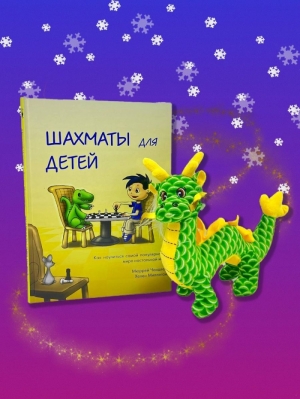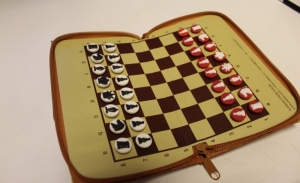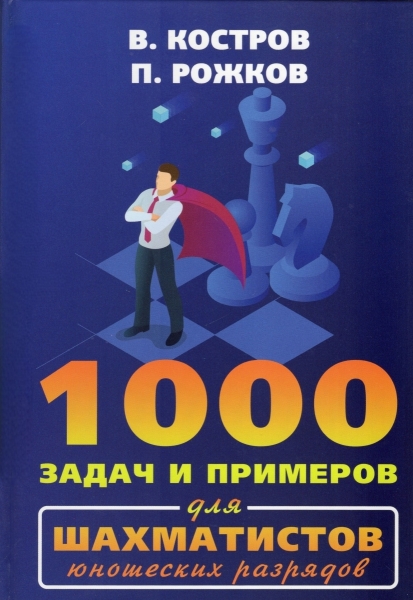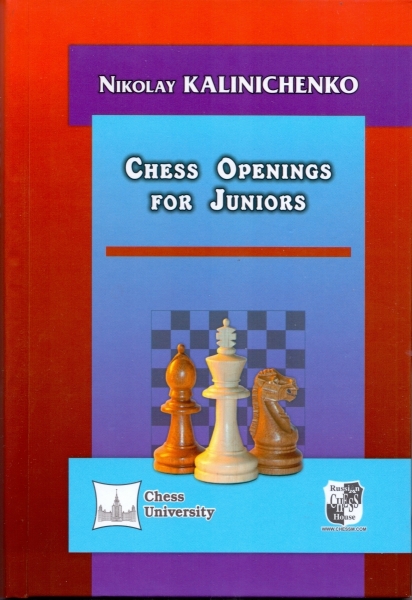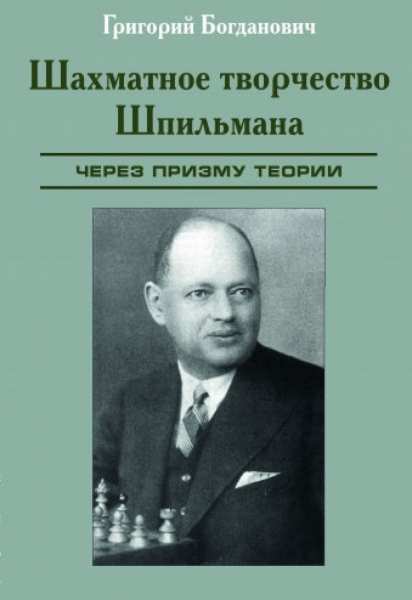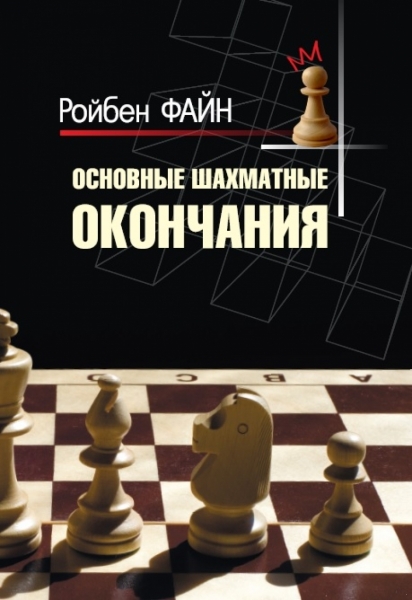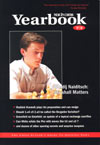Yearbook 73
- Publisher: New In Chess
- Language: English
- Volume: 248
- Binding: soft
- DateOfIssue: 2004
paper book
47.68 $
Description:
NIC Forum
Readers from all over the world join in discussions of previous surveys. Both (grand) masters and club players shed their light on new discovery and search together for the truth. With contributions by Alon Greenfeld, Baadur Jobava, and many others.
Sosonko & Corner
This column is an hommage to Oleg Mikhailovich Romanishin. Sacrificing a pawn in the opening to get active play has always been a hallmark of his style. Sosonko depicts the Ukranian genius as one of the leading lights in modern chess research. Of late the results of the 52-year-old Romanishin may have been relatively modest, but this riveting and the original grandmaster was able to bring down even the strongest opponent, as Vasily Ivanchuk found out to his detriment at the 2004 Ukrainian championship.
Book Review
Due to the overflow of information these days, the authors of opening books have to make dictinct choices and draw the line somewhere. Glenn Flear had a look at monographs by Nigel Davies and the Polish duo Panczyk & amp; Ilczuk.
Guest-author Sergey Tiviakov, three last publications on the Sicilian Najdorf Variation, revealing on the way that he has not read.
34 NIC Surveys Yearbook 73
Sicilian Defense: Najdorf Variation, by Boersma
Sicilian Defense: Sozin Variation, by Golubev
Sicilian Defense: Four Knights Variation, by Karolyi
Sicilian Defense: Basman-Sale Variation, by Sale
Sicilian Defense: Closed Variation, by Van der Weide
Sicilian Defense: Alapin Variation, by Rogozenko
Sicilian Defense: Bezgodov Variation, by Bezgodov
Pirc Defense: The 150 Attack, by Marin
French Defense: Winawer Variation, by Van der Tak
Caro-Kann Defense: Advance Variation, by Fogarasi
Caro-Kann Defense: Smyslov Variation, by Galkin
Caro-Kann Defense: Classical Variation, by Llanos / Soppe
Alekhine Defense: Modern Variation, by Panczyk / Ilczuk
Ruy Lopez: Jaenisch Variation, by Van der Tak
Ruy Lopez: Anti-Marshall Variation, by Lukacs / Hazai
Ruy Lopez: Marshall Attack, by Naiditsch
Ruy Lopez: Open Variation, by Timoshenko
Italian Opening: Evans Gambit, by De Zeeuw
Two Knights Defense: Bogoljubow Variation, by Van der Tak
Budapest Gambit, by Pliester
Slav: 3.Nf3 dc4, by Nikitin
Slav: Chameleon Variation, by Lukacs / Hazai
Slav: Alapin Variation, by Karolyi
Catalan: Bogo-Indian Variation, by Greenfeld
Catalan: Accepted - 4 ... dc4, by Anka
Nimzo-Indian Defense: Classical Variation, by Tiviakov
Grünfeld Indian Defense: Fianchetto Variation, by Karolyi
Grünfeld Indian Defense: Exchange Variation, by Pelletier / Bauer
King's Indian Defense: Classical Variation, by Morgado
King's Indian Defense: Anti-Anti-Grundfeld, by Lukacs / Hazai
Benoni: Fianchetto Variation, by Kapengut
Volga Gambit Declined, by Fogarasi
Dutch Defense: Leningrad Variation, by Van der Stricht
English Opening: Anti-Grünfeld Line, by Marin
Related products
-
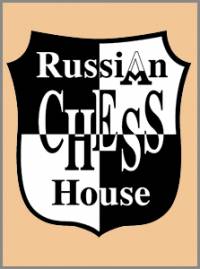 The life of a chess player in the system. Memories of the grandmaster
Author:
The life of a chess player in the system. Memories of the grandmaster
Author:
Averbah 45.00 $ -
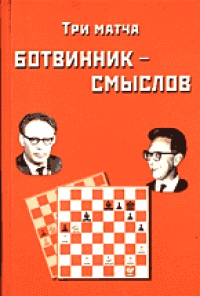 Три матча Ботвинник-Смыслов
Author:
Три матча Ботвинник-Смыслов
Author:
Botvinnik 45.00 $ -
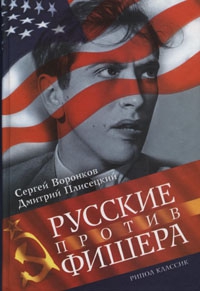 Russians vs Fisher
Author:
Russians vs Fisher
Author:
Voronkov 65.00 $ -
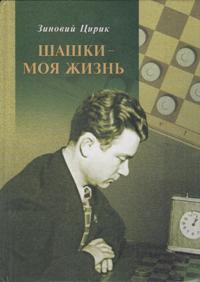 Checkers is my life
Author:
Checkers is my life
Author:
Ciric 87.50 $ -
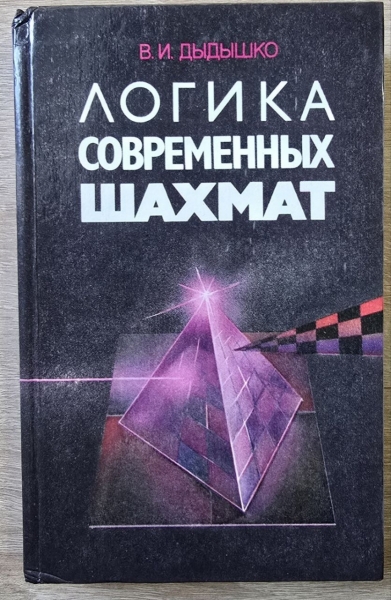 The logic of modern chess
Author:
The logic of modern chess
Author:
Dydyshko 72.50 $ -
 Siegbert Tarrasch. The Queen
Author:
Siegbert Tarrasch. The Queen
Author:
Tarrash 72.50 $ -
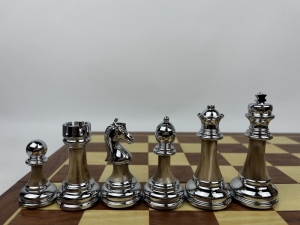 High quality acrylic metal heavy chess pieces with wooden board
202.50 $
High quality acrylic metal heavy chess pieces with wooden board
202.50 $
-
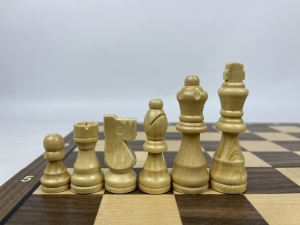 Wooden magnetic Staunton chess with a lock (silver)
56.25 $
Wooden magnetic Staunton chess with a lock (silver)
56.25 $
-
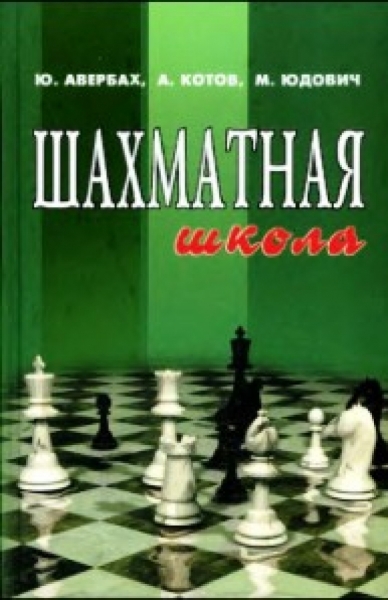 Chess school
Author:
Chess school
Author:
Averbah 15.00 $ -
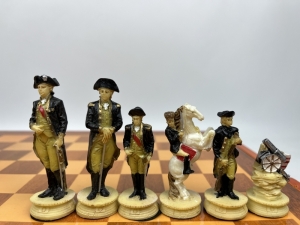 The chess set of The Chessmen. US war - Great Britain
325.00 $
The chess set of The Chessmen. US war - Great Britain
325.00 $
 Русский
Русский  Английский
Английский 